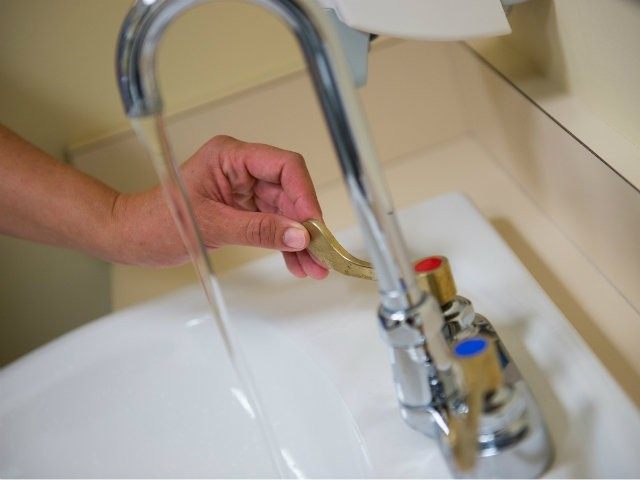The “Internet of Things” (IoT) incorporates a dynamic array of technologies that mobilize sensors to monitor environmental conditions and radio-frequency identification RFID tags to facilitate objects interacting with users. California, with its high-tech industry, will lead the nation in IoT deployment.
The total number of IoT connections is predicted to increase four-fold by 2020. As once-passive objects become capable of conducting remote updates and self-learning improvements, our systems will increasingly shift from delayed reaction to environmental and social problems, to a dynamic sense-and-respond capabilities.
The driving force behind U.S. corporate productivity is, “You can’t manage what you can’t measure.” Government in an effort to maximize public sector jobs, has avoided efficiency.
But an increasingly insolvent public sector burdened by skyrocketing public sector pension costs and Obamacare’s unlimited call on budgets has been shrinking since 2011. State, local and municipal government entities are about to move rapidly embracing real-time IoT data-driven management systems to defend shrinking budgets.
The first IoT moves are focusing on water, energy, waste, and transportation. The basic IoT tools have been around for years, including connected streetlights that switch off when no one is present to conserve energy, or that send automatic notifications when a light has burnt out.
It is estimated that cities will spend $41 trillion on IoT technologies over the next 20 years. Local governments have already started partnered with startups and major tech companies to begin experimenting with IoT across a myriad of urban and rural situations.
The smart energy grid is one of the most well-developed and widely recognized IoT systems. Smart meters relay information about buildings’ and infrastructures’ energy usage back to a central host in order to allocate available resources efficiently. Smart grids already use identify and address service outages and promote conservation through demand-based pricing.
New devices like Nest will bring the benefits of energy-related IoT to the public as consumers reduce their energy bills through remote sensing when someone is home adjusts lighting and temperatures automatically. The mobile smart-me app already allows users to monitor and adjust all their home and office devises use of energy.
Chicago’s Array of Things and Dublin, California’s CityWatch are comprehensive test sites for the deployment of citywide sensor networks. Funded by federal grants and partnering with academic research institutions and corporations, these cities are installing sensors on lampposts to monitor environmental conditions including temperature, noise, and air quality.
These systems feed data into open portals so that local government can use the data to manage incidents, identify microclimate patterns, and make predictions about vehicle and pedestrian congestion. The open source data also allows the public to track in real-time city service responsiveness to local issues.
With California’s severe drought, local governments and businesses are using IoT to optimize the efficiency of urban water use and rural irrigation. This explains why water use fell by 27 percent in June, surpassing the mandatory conservation target set by Gov. Jerry Brown. Data released by the State Water Resources Control Board shows 265 out of 411 local agencies have already nearly reached their annual 25 percent reduction goals.
California’s largest cities, with 27 million residents–including Los Angeles, San Diego and San Jose–came within 1 percent of their mandatory water conservation targets, despite the month being the hottest June on record.
With what is being described as the “Godzilla of El Niño” expected to slam California with severe flooding this winter, water districts across the state are deploying IoT sensors to monitor weather and maximize rainwater storage.
There are numerous other applications that will be implemented in the IoT deployment boom. A smarter infrastructure should be able to enhance efficiency, improve public safety, support development, and provide a better life for Californians.

COMMENTS
Please let us know if you're having issues with commenting.